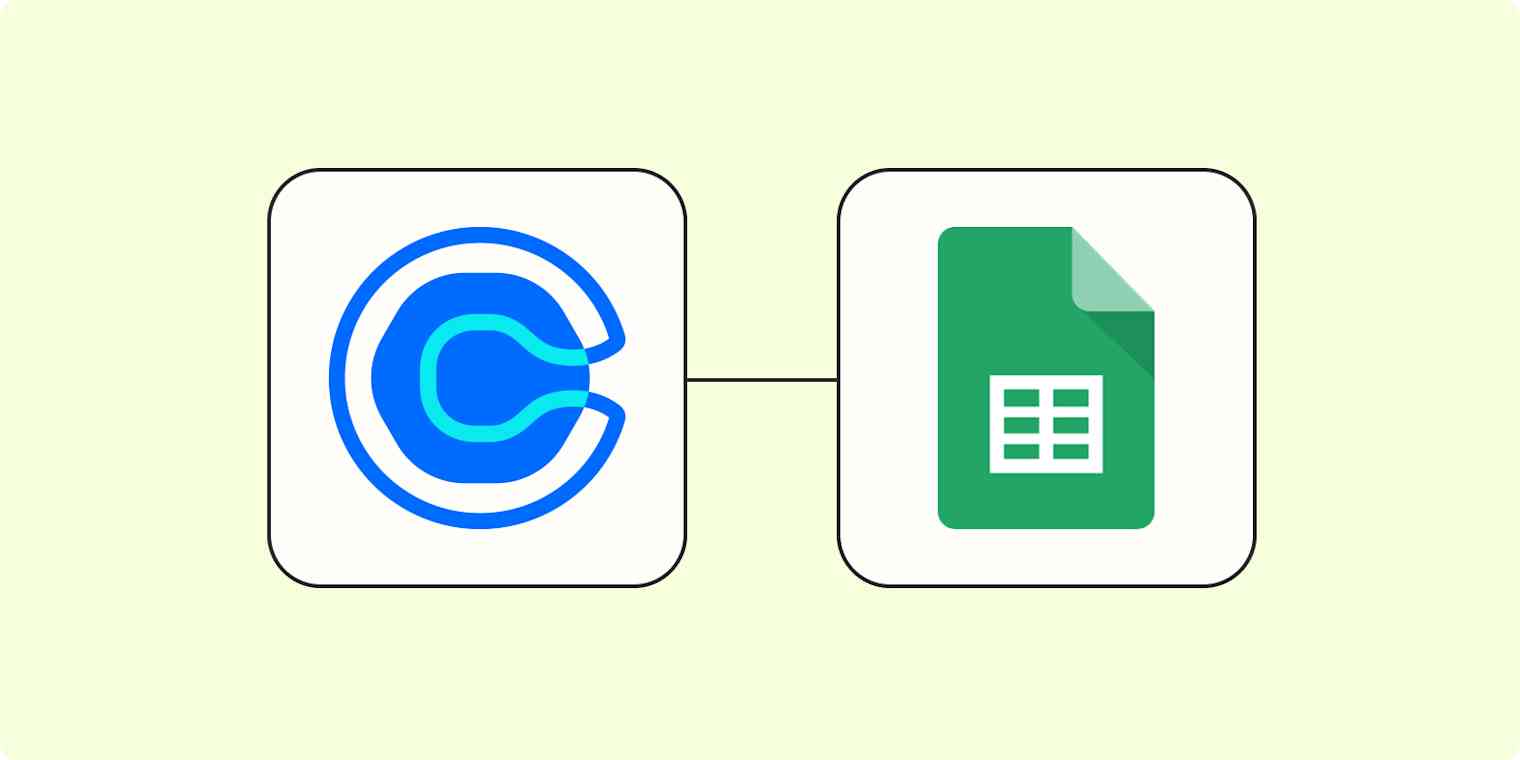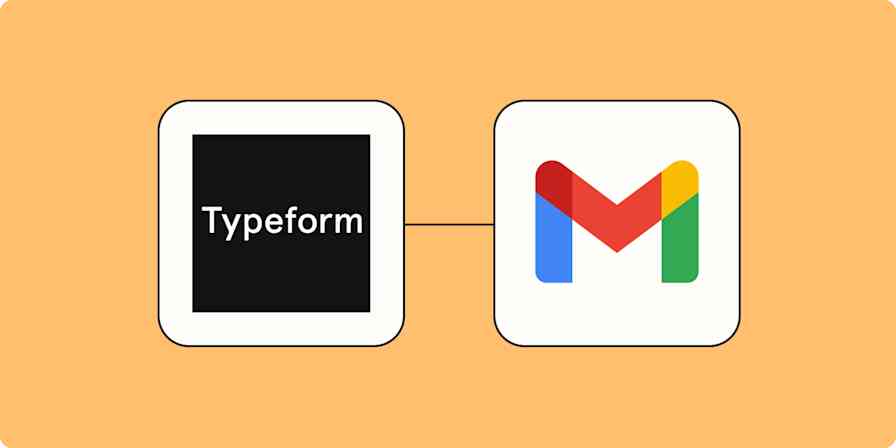Calendly is a great way to book appointments without sending a million different emails back and forth. But if you're managing a ton of appointments throughout your day and week, tracking every event can still get quite overwhelming—especially if you're scheduling them but not necessarily the one attending them.
If you need to keep track of events for yourself or your team, dropping them in a single Google Sheet can make it easy to sort and share details across your company. With a Zap—Zapier's automated workflows—you can automatically add any new Calendly event to a new row in Google Sheets. Here's how.
New to Zapier? It's workflow automation software that lets you focus on what matters. Combine user interfaces, data tables, and logic with 6,000+ apps to build and automate anything you can imagine. Sign up for free.
Before you begin
To set up your Zap, you'll need to make sure you have at least one event in your Calendly account. If you haven't scheduled any meetings yet, add a test one now.
To add data from any app to a Google Sheets spreadsheet, you'll also need to add a header row to your spreadsheet so the Zap works correctly.
Create a new sheet where you want to add your Calendly data and add column names for each event detail you want to record.
Your spreadsheet might look different based on your workflow, but here's what we added for our example:
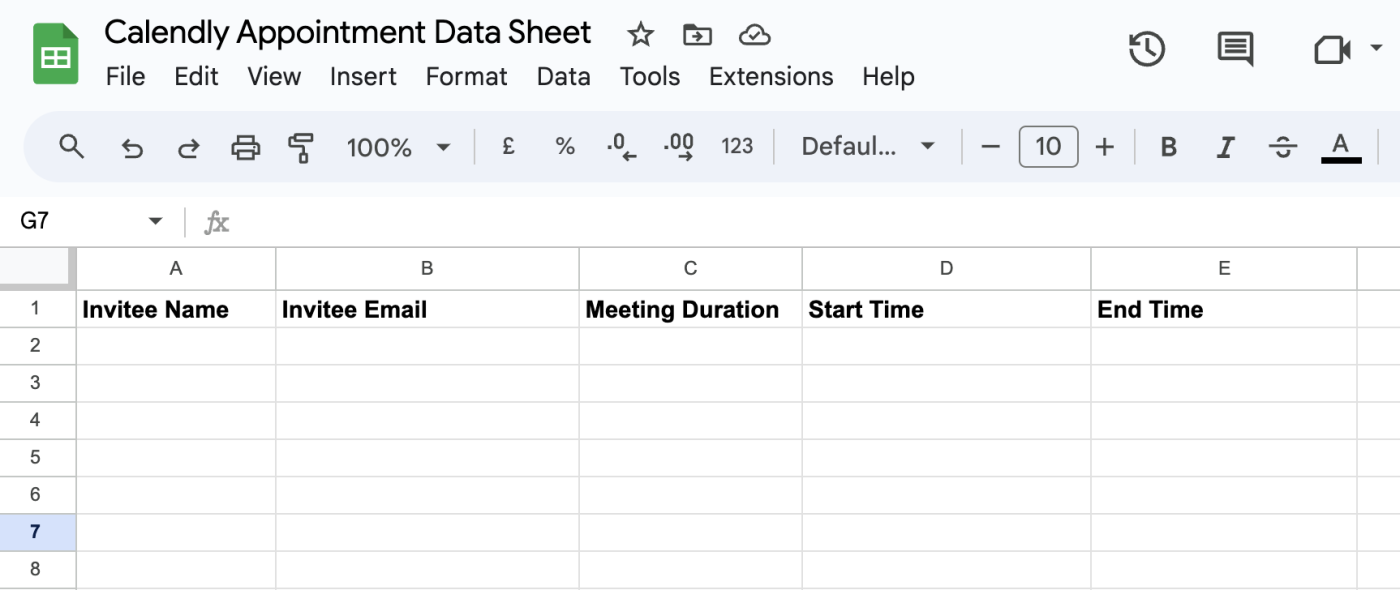
How to create Google Sheets rows from new scheduled Calendly events
Now, you're ready to set up your workflow. Zapier lets you create automated workflows called Zaps, which send your information from one app to another. You can create your own Zap from scratch without any coding knowledge, but we also offer quick templates to get you started.
If you'd like to start with a template, click on the Zap template to go to the Zap editor. You'll need to create a Zapier account if you don't already have one. Then, follow the directions below to set up your Zap.
Create Google Sheets rows from new scheduled Calendly events
Set up your Calendly trigger
First, set up your trigger—the event that starts your Zap. If you're using the Zap template, the trigger app and event will already be selected for you. Otherwise, search for and select Calendly as the trigger app and Invitee Created as the trigger event. Click Continue.
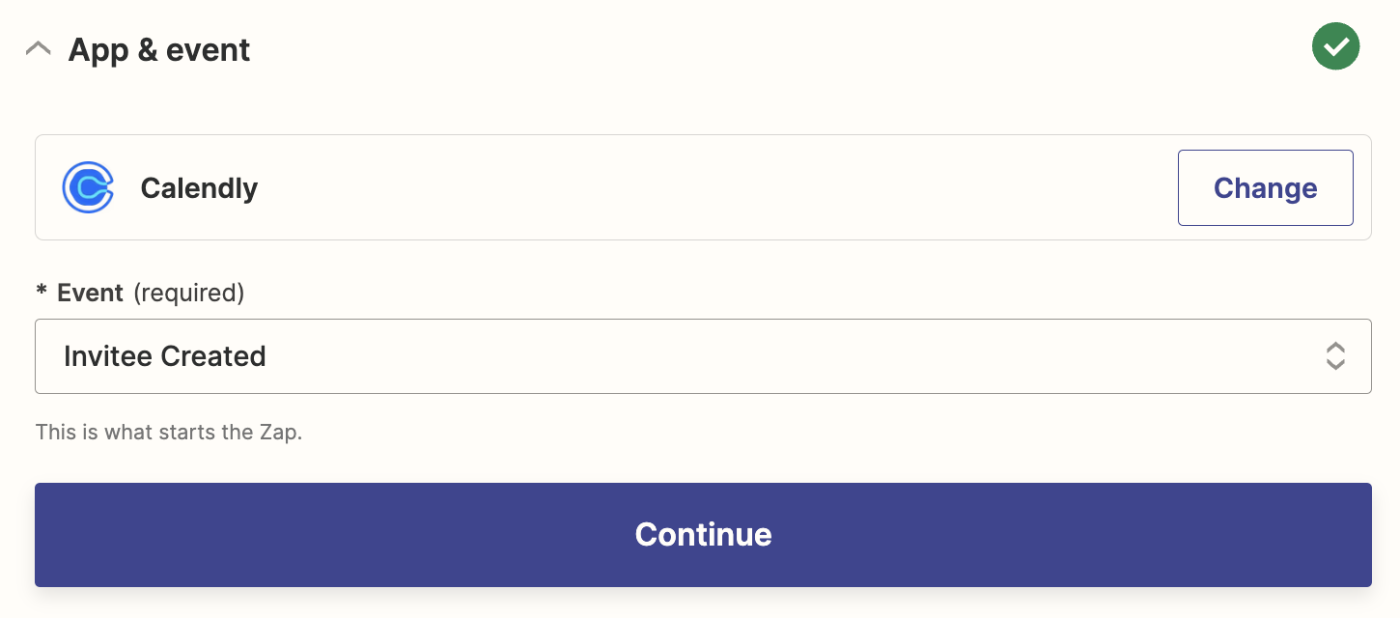
Next, connect your Calendly account, if you haven't already, and click Continue.
Now, it's time to customize your action step. In the Webhook subscription scope field, select User. Calendly also has an Organization subscription scope field, but that only applies if you're an admin or an organization owner for a Calendly account. As an individual user, the User setting will do.
Then, click Continue.
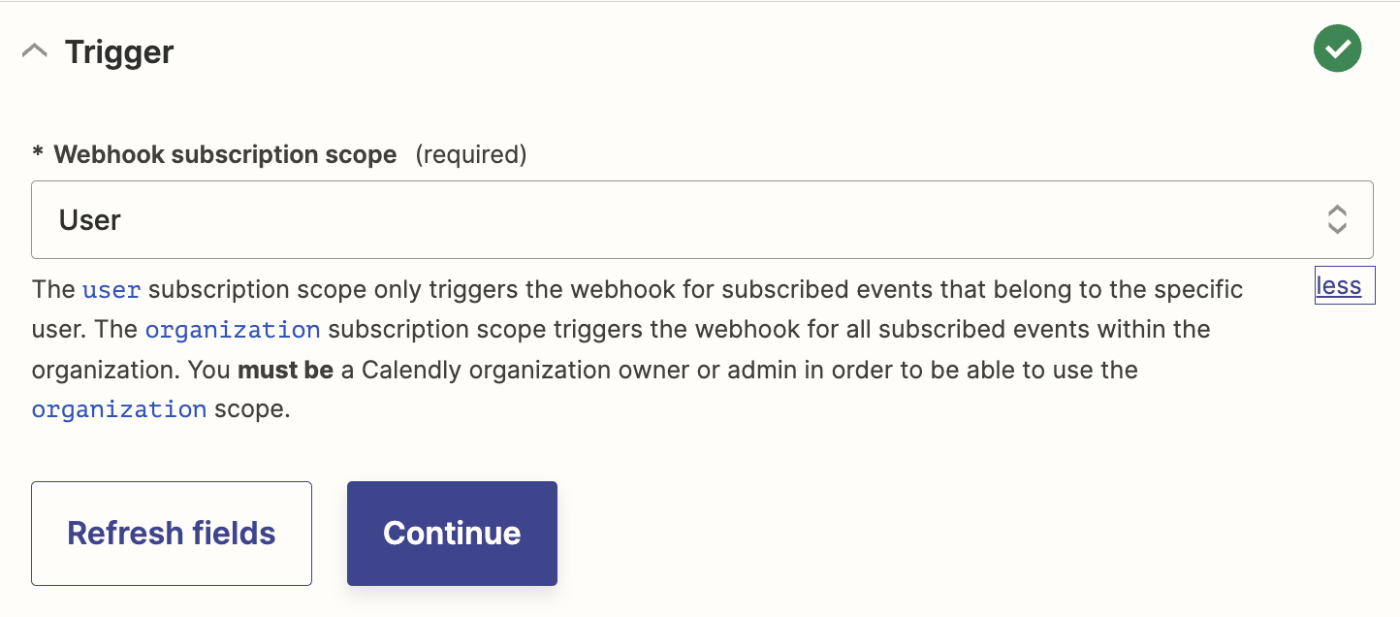
Now, it's time to test your trigger step. Zapier will pull in the most recent Calendly appointments in your account to set up the rest of your Zap. If you don't have any appointments in your account, add one now before testing.
Once you have at least one appointment, click Test trigger. Choose one of the appointments for this test, then click Continue with selected record.
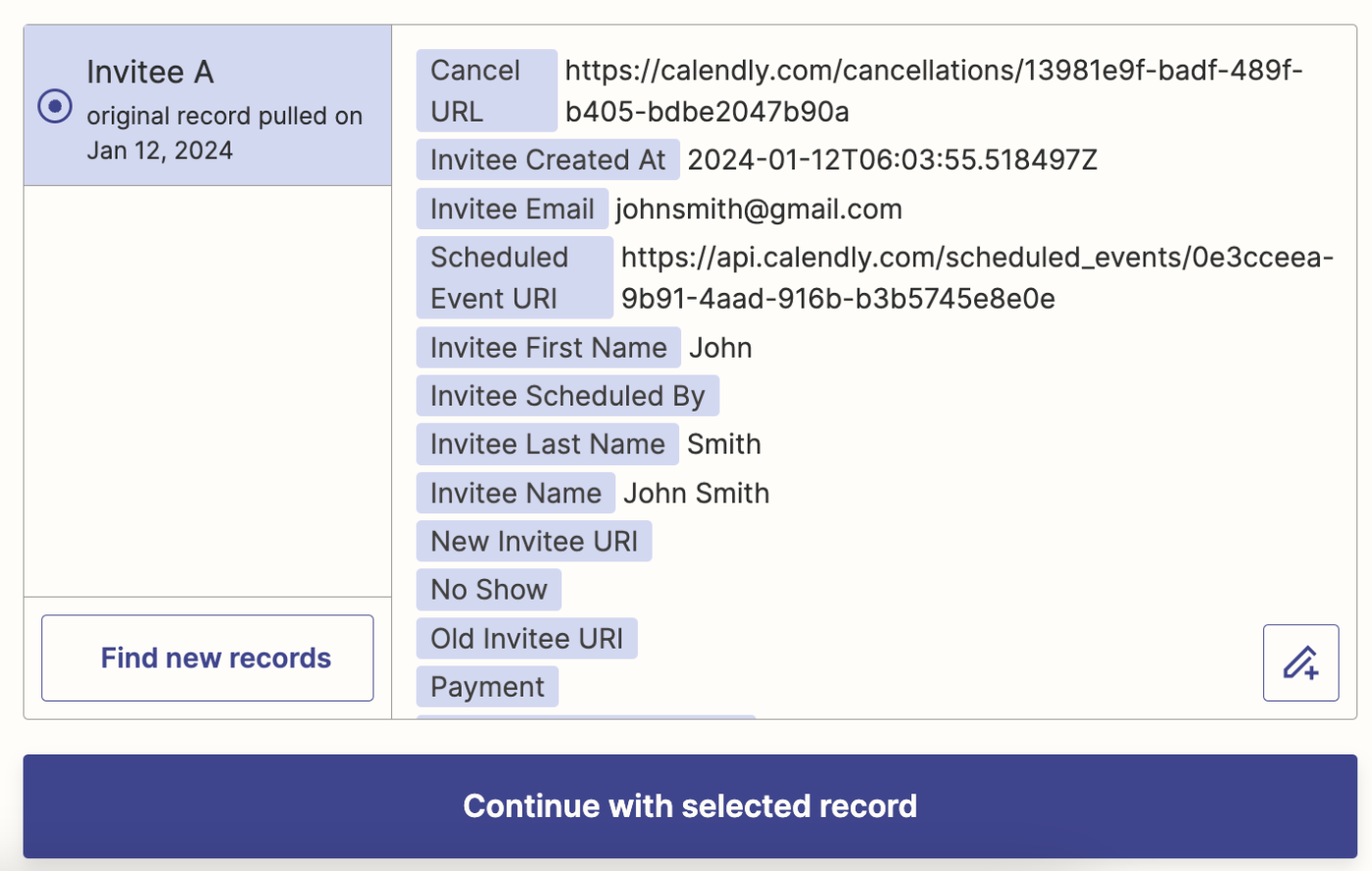
Set up your Google Sheets action
Now it's time to set up the action—the event your Zap will perform once it's triggered. If you're using the Zap template, these will already be selected for you. Otherwise, search for and select Google Sheets as your action app and Create Spreadsheet Row as your action event. Click Continue.
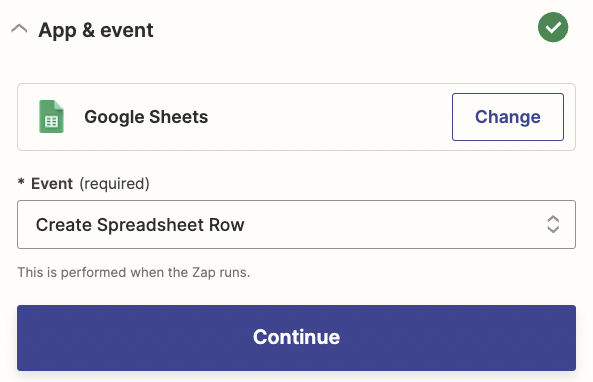
Next, connect your Google Sheets account, if you haven't already. Then click Continue.
Now, it's time to customize your action step.
First, select the correct drive in the Drive field where your Google Sheet is stored. Then select the Spreadsheet you created for the Calendly appointments. And finally, choose the appropriate Worksheet (by default, it's "Sheet1").
Once you do that, Zapier will automatically pull in the column headings you added to your sheet.
Now, all you have to do is to map the column headings that will show up as field names to the data that's coming in from Calendly.
To do so, click in any field, then select the data you want to use from Calendly from the Insert data dropdown. For example, we'll add the Invitee Name to the Invitee Name field, Event Type Name to the Meeting Duration field, etc. The exact fields you have may differ from our example, but the steps to map your data from Calendly to Google Sheets remain the same.
Once you've filled in all of the relevant fields, click Continue.
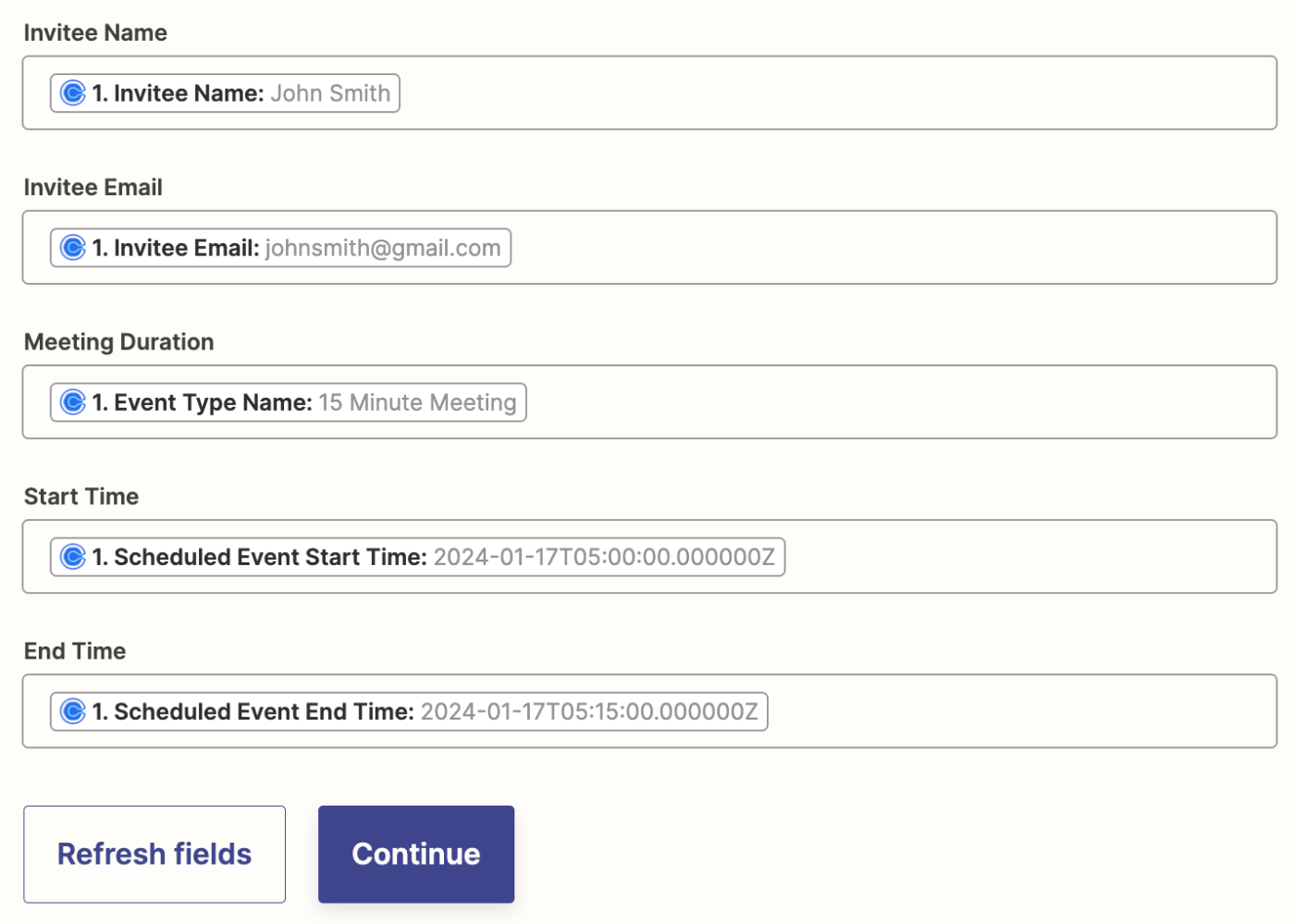
Now, it's time to test your Zap. Click Test step, and Zapier will send the test data to Google Sheets. Check the results to make sure the right data is mapped to the appropriate columns.
Here's what the successful test results look like for us:
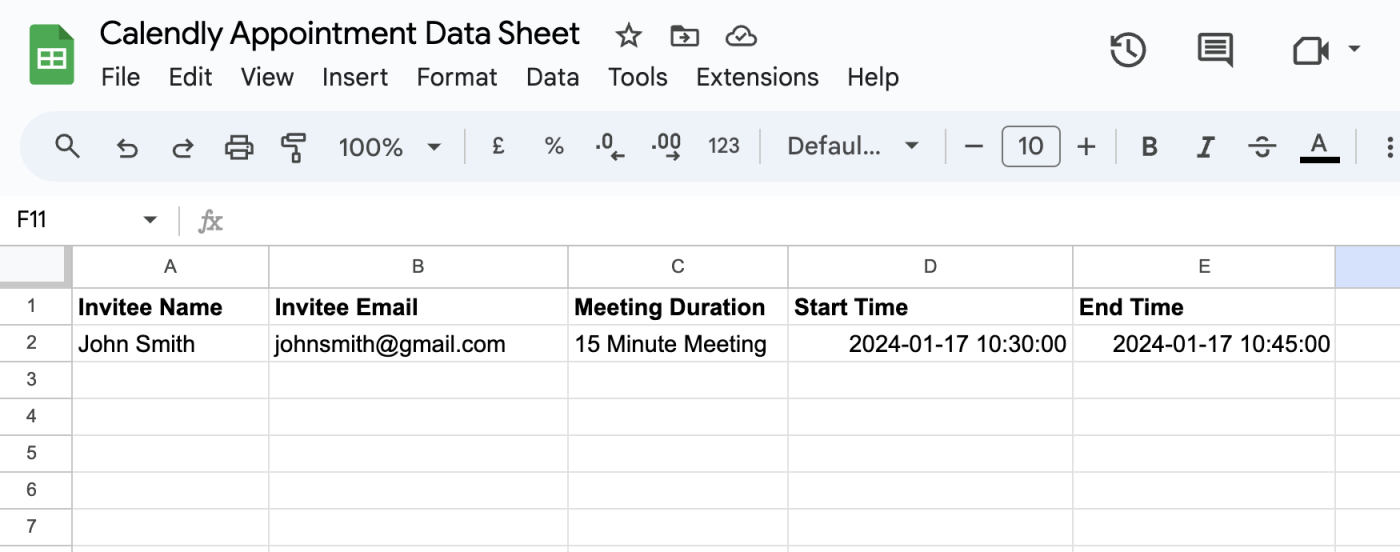
If everything looks good, you're ready to use your Zap! Now, every time you get a new Calendly meeting, all the relevant meeting info will show up in your spreadsheet.
